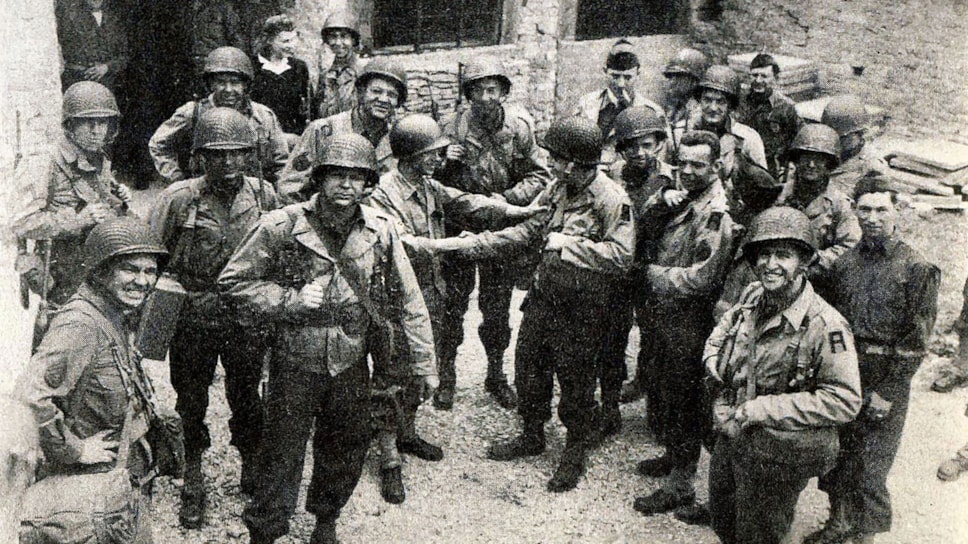
VE Day 80: honouring the role of the Cotswolds in bringing victory to Europe
As communities gather to mark VE Day 80 across the UK, The History of Tetbury Society and the Fairford History Society help us look back with pride at the region’s part in bringing peace to the country – and the world.
In December 1943, a US army battalion appeared seemingly overnight in the Cotswolds town of Tetbury. The 654th Engineer Topographic battalion took over several homes and buildings in the area – with some stationed in the town and others out at Chavenage House.
Tetbury residents at the time had no idea why the unit was there. Then as suddenly as they appeared, in June 1944 the battalion was gone.
It wasn’t until many years later that the townspeople of Tetbury discovered the reason for this short deployment by their American allies: as part of a top secret project, the troops had created a 3D map of Omaha Beach which became a vital tool during the D-Day landings.
It was said that the Supreme Allied Commander General Eisenhower himself stayed at Chavanage House during this time. Whether accurate or not, we do know the planning that went on in Tetbury was absolutely vital to the success of D-Day and, ultimately, ending the war.
Less consequential but perhaps more noticed by Tetbury residents was one of the first bombs to fall in the town’s vicinity – which, according to a newspaper report of the time, hit a cow called Moonlight. Luckily no townspeople were badly hurt. However, the cow itself was “blown into the sky and carried right over an isolated house, landing on the other side”, according to the report.
Tetbury was also host to another important visitor during that time Queen Mary, the wife of King George V and grandmother of Queen Elizabeth II, was evacuated to Badminton during the war. She often visited Tetbury as her niece, Lady Helena Gibbs, lived there. Her visits included the local hospital and the Royal Army Service Corps (RASC).
These are just some of the many fascinating stories depicting what life was like for the ordinary people of the region, highlighting their reliance and the important part the Cotswolds played in the allied victory in Europe.
Another way the Cotswolds helped the war effort was through its numerous airfields. Many, including RAF Moreton-in-Marsh, RAF Kemble and RAF South Cerney, were crucial training grounds, maintenance facilities and staging points. RAF Fairford also played an important role, used as a base for both the SAS (Special Air Service) and SOE (Special Operations Executive) who flew from there and dropped men behind enemy lines.
Sadly, about 253 lives were lost from RAF Fairford during these operations as well as many more Cotswold residents from across the district. It is the loss of lives like these, as well as the members of the armed forces who survived and the resilience of those left behind, who we remember on VE Day 8 May.
With thanks to the Fairford History Society and the History of Tetbury Society for information contained in this article.

